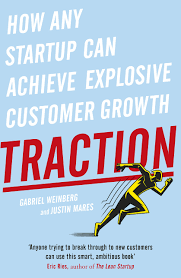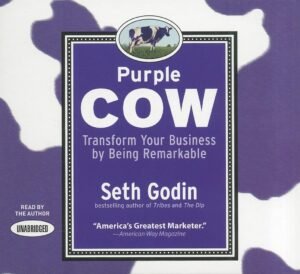📖 Meet Sanjay — The High Earner, Low Saver
Sanjay, a 36-year-old tech professional in Bangalore, was living what most would call a dream life. Earning a CTC of ₹25 lakhs per year, driving a luxury car, dining out every weekend, and living in a rented high-rise apartment — Sanjay had it all. But behind the glamour was a grim reality: he was broke.
Despite his high income, Sanjay barely saved. His net worth was nearly zero. EMIs, credit card bills, and lifestyle expenses consumed everything. One day, while browsing for financial advice, he stumbled upon a book: “The Next Millionaire Next Door” by Thomas J. Stanley.
It changed everything.
⚡ The Wake-Up Call: Net Worth Formula
The book asked a simple question: Are you a PAW (Prodigious Accumulator of Wealth) or a UAW (Under Accumulator of Wealth)?
Sanjay ran the numbers:
Net Worth Formula = (Age × Pre-Tax Income) ÷ 10
Expected Net Worth = (36 × ₹25,00,000) ÷ 10 = ₹90,00,000
His actual net worth? Less than ₹5 lakhs.
He was clearly a UAW.
That day, Sanjay decided to flip the script.
🧡 Phase 1: Embracing Frugality
Sanjay learned that true millionaires live below their means. He downgraded his apartment, sold his luxury car, and started cooking at home.
He started investing 25% of his income into mutual funds, PPF, and stocks instead of chasing gadgets and branded clothes.
“Wealth is what you don’t see.”
⌚ Phase 2: Reallocating Time and Energy
Sanjay cut down on Netflix and weekend parties. He used that time for:
Financial planning
Reading investment books
Tracking his monthly savings and expenses
He even started a weekend freelancing gig in tech consulting, pushing his annual income to ₹30 lakhs.
⚖️ Phase 3: Prioritizing Financial Status Over Social Status
He realized that social media was draining his energy and influencing his purchases. So he unfollowed lifestyle influencers and began tracking his net worth instead of “likes.”
💼 Phase 4: No More Economic Outpatient Care
Sanjay stopped asking for help from his parents and instead began supporting them. He even set boundaries with friends who pushed him into unnecessary spending.
🚀 Phase 5: Investing for the Long Term
Sanjay committed to investing a minimum of 20% of his income consistently. He followed a simple diversified portfolio strategy and automated his SIPs. Within 3 years, his net worth crossed ₹40 lakhs.
✨ Today: A Transformed Life
At 39, Sanjay is now on the path to becoming a PAW. He owns a modest home, drives a used but reliable car, and has peace of mind.
He now mentors junior employees in his company and spreads the message of financial wisdom.
📆 Key Lessons Sanjay Applied:
Live below your means
Track net worth, not income
Prioritize saving and investing
Avoid lifestyle inflation
Don’t chase social approval
Read, learn, and grow continuously
✅ Call to Action:
Do you know your expected net worth?
If Sanjay can transform his life, so can you!
Get financial clarity and guidance at www.mycashflowhub.com
📞 Call or WhatsApp: 8850511869
📧 Email: info@mycashflowhub.com
Book to Life Series: Read → Apply → Grow — Real people, real change.




